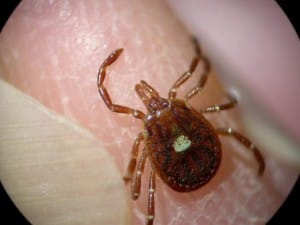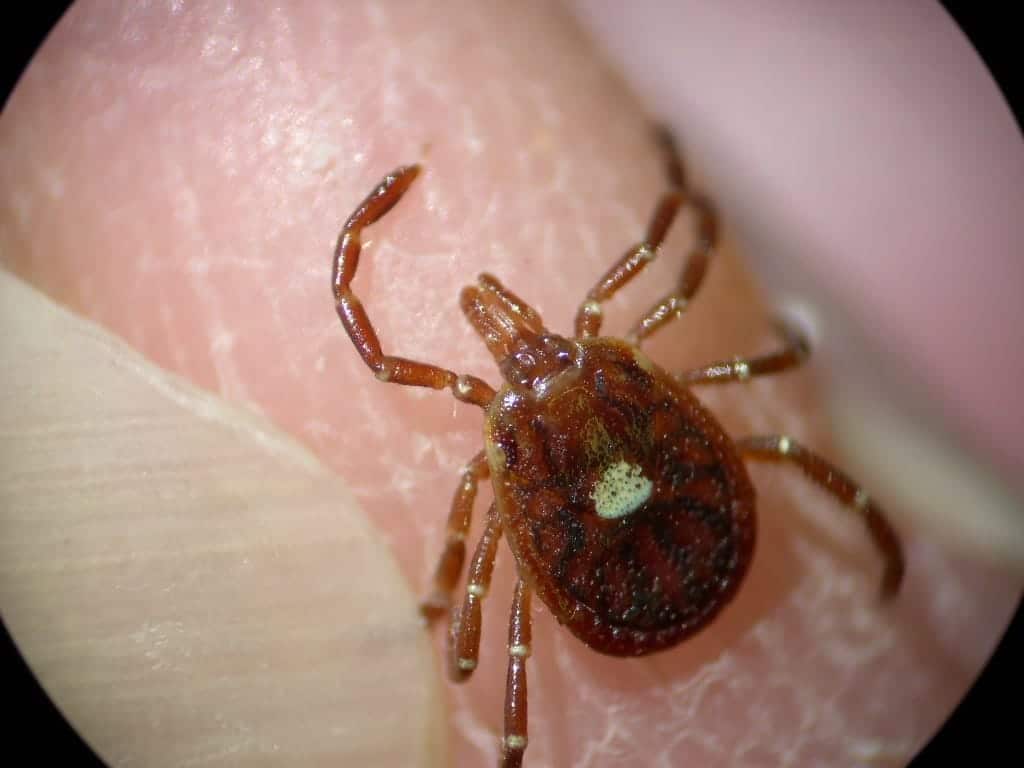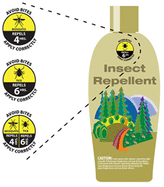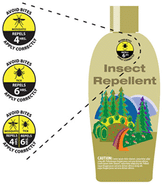 Nancy C. Hinkle, Ph.D., University of Georgia
Nancy C. Hinkle, Ph.D., University of Georgia
Extension staff are not physicians (nor do we portray them on television), but we can contribute to better health among Georgia citizens. One emerging condition we want to keep in mind is red-meat allergy provoked by tick bites.
Yes, as strange as it sounds, being fed on by lone star ticks (the most common ticks in Georgia) can predispose some people to developing a severe food allergy, causing an itching skin rash, gastrointestinal upset, and trouble breathing several hours after consuming red meat (beef, pork, venison, lamb, etc. – but not poultry or fish). This condition has only recently been recognized and many physicians are not yet aware of it; likely we’ll see more in the media about this condition in the future as it becomes more widely recognized.
Meanwhile, if you know someone who experiences repeated episodes of severe hives (typically affecting the entire trunk) accompanied by nausea and/or diarrhea, recommend that they consult with their physician and raise the possibility of red meat allergy due to prior tick exposure. The accompanying life-threatening anaphylaxis and difficulty breathing can require an ER visit, so this is not a trivial condition. While testing for the condition is available only at select clinics, management of the condition is relatively simple, involving eliminating red meat from the diet.


